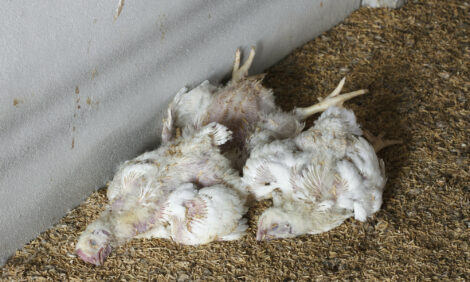



CoBank: US poultry sector well positioned to withstand profitability pressure
Strong balance sheets, better supply chain management mitigate risks associated with declining prices.The US chicken industry has experienced an unprecedented run of historic profitability since 2012 and responded by significantly increasing production and processing capacity. Six new poultry processing plants are expected to be operating by 2020, while production and supplies of competing animal proteins are also expanding.
According to a new report from CoBank’s Knowledge Exchange Division, profitability across the poultry sector is now under pressure as meat prices decline amidst growing supplies, recalling memories of the last major downturn a decade ago, which resulted in severe financial losses across the sector. Current projections for chicken production growth are 1.5 percent, which is well below the 2.5 percent average growth rate in the last five years.
Will Sawyer, lead economist for animal protein at CoBank, said that lessons learned from that market downturn have driven important changes, strengthened the industry and made it much more resilient to a potential market slide.
“When feed costs and a weak US economy drove the sales of many chicken companies 10 years ago, the remaining companies and management teams knew the old way of operating couldn’t continue,” said Sawyer. “With the subsequent changes to pricing structures, capital structures and the overall approach to production and profitability, the outlook for the next downturn is much brighter.”
Many chicken companies found themselves with burdensome levels of debt that became unsustainable when corn prices more than doubled in 2008 and 2009. Today, the average chicken producer has almost as much cash on hand as debt on their balance sheet, making them far more resilient to any downturn in chicken prices and margins.
Industry pricing is likely the biggest structural shift in US chicken production. It has allowed producers to more quickly pass on changes in feed costs, which allows them to more effectively manage the primary driver of earnings volatility. The expansion of cost plus and other pricing contracts that incorporate a component where chicken prices can quickly reflect changes in input costs has been significant.
The current range of prices for corn and soybean meal should continue through 2019. With good visibility for production costs, the outlook for chicken producer margins is better in 2019 compared to 2018. The domestic and international demand environment looks favorable for US chicken producers.
A video synopsis and the full report, U.S. Poultry Outlook: This Time Things Are Different, are available from CoBank.










